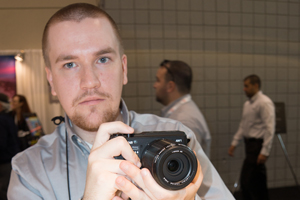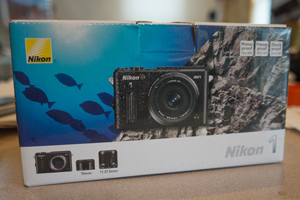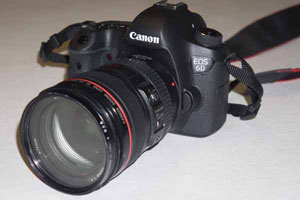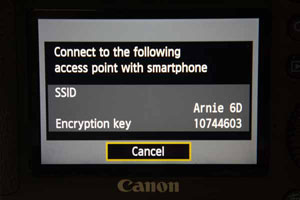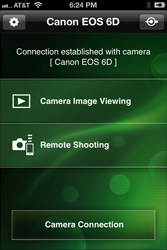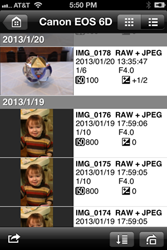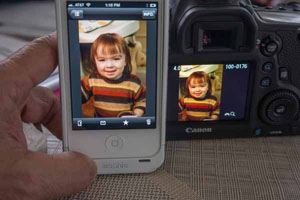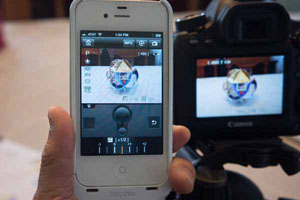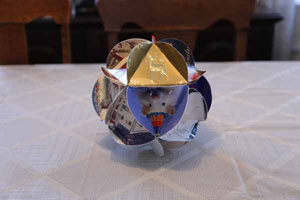Online Magazine
Recent Posts
- Safeguard your Cellphone Photos
- Black & White to Color – Instantly
- Wearing Many Hats
- Video Roundup
- Rescuing Your Blurry Pictures
- Showing Their Age
- What is Your Angle?
- Panorama Photos
- Humorous Photos
- Close Ups
- Fisheye Pictures
- Photo Antiquities
- Printing Big
- Appreciating Scale
- Celebrity Sightings
Tags
More Places to Go
- Free "How-To" Books “How To” books for popular cameras 0
- Vist Us on Facebook keep in touch with us on Facebook 2
Archives
- July 2023 (1)
- March 2023 (2)
- February 2023 (1)
- December 2022 (1)
- October 2022 (1)
- September 2022 (8)
- August 2022 (9)
- July 2022 (1)
- June 2022 (1)
- June 2021 (1)
- May 2021 (1)
- March 2021 (5)
- February 2021 (4)
- January 2021 (2)
- April 2019 (1)
- March 2019 (1)
- February 2019 (1)
- October 2018 (2)
- April 2018 (1)
- March 2018 (4)
- February 2018 (1)
- November 2017 (1)
- August 2017 (1)
- June 2017 (1)
- April 2017 (1)
- March 2017 (5)
- February 2017 (2)
- January 2017 (1)
- October 2016 (1)
- September 2016 (1)
- August 2016 (1)
- July 2016 (1)
- May 2016 (1)
- April 2016 (1)
- March 2016 (2)
- February 2016 (1)
- January 2016 (2)
- December 2015 (1)
- November 2015 (1)
- October 2015 (3)
- April 2015 (1)
- March 2015 (5)
- February 2015 (1)
- January 2015 (4)
- December 2014 (2)
- November 2014 (5)
- October 2014 (2)
- September 2014 (1)
- August 2014 (2)
- July 2014 (1)
- May 2014 (1)
- April 2014 (5)
- March 2014 (5)
- December 2013 (2)
- November 2013 (18)
- October 2013 (1)
- September 2013 (1)
- August 2013 (1)
- July 2013 (1)
- June 2013 (3)
- May 2013 (1)
- April 2013 (2)
- March 2013 (1)
- February 2013 (1)
- January 2013 (1)
- December 2012 (1)
- November 2012 (2)
- October 2012 (2)
- September 2012 (5)
- August 2012 (2)
- July 2012 (1)
- June 2012 (1)
- May 2012 (1)
- April 2012 (4)
- March 2012 (1)
- February 2012 (1)
- January 2012 (3)
- December 2011 (1)
- November 2011 (3)
- October 2011 (1)
- September 2011 (2)
- August 2011 (2)
- June 2011 (3)
- May 2011 (4)
- April 2011 (8)
- March 2011 (8)
- February 2011 (10)
- January 2011 (6)
- December 2010 (11)
- November 2010 (14)
- October 2010 (6)
- September 2010 (12)
- August 2010 (2)
- July 2010 (4)
- June 2010 (3)
- May 2010 (1)
- April 2010 (1)
- March 2010 (2)
- February 2010 (1)
- January 2010 (1)
- December 2009 (1)
- November 2009 (2)
- October 2009 (2)
- September 2009 (1)
- August 2009 (3)
- July 2009 (2)
- June 2009 (1)
- May 2009 (2)
- April 2009 (1)
- March 2009 (2)
- February 2009 (1)
- January 2009 (3)
The Delivery Man Finally Cometh
31st December 2013
The Backorder Has Arrived
This past October, I was in NYC to cover PhotoExpo 2013. It’s a large trade show for the photographic industry where new equipment, accessories, services and the like are on display.
One of the nicest things about trade shows is that you can have some hands-on time using the new hardware and ask in- depth questions that the reps are able to field.
However, due to the usual holiday confusion, I have yet to open the carton. In the next few days, I hope to try it out. Since it’s 10 degrees outdoors here in Grand Rapids, I think the underwater testing will have to wait unless I decide to try it out in the bathtub.
But with the Consumer Electronics Show (CES) right around the corner (next week), I just might take it with me to Las Vegas and jump into one of the pools. I’ll fill you in when I have more to report.
Written by: Arnie Lee
Getting Personal
03rd December 2013
Camera Brands are like Religion
Not a week goes by without someone asking me what brand of camera they should buy, a Canon or a Nikon.
Most of the time they’re wanting to replace their good quality point-and shoot camera. They’re looking for more advanced equipment along the lines of a DSLR.
Having owned or used literally dozens of cameras, especially in the past five years, I have a definitive answer which I’ll share with you shortly. But what I find interesting is that so many photo enthusiasts also have very definite answers to this question.
Let me back up a bit and explain why I’m writing this.
A Facebook friend wrote that he was looking for a new DLSR. “Should I buy a Canon or a Nikon?”, he posted. I replied “or a Sony?”. The point I was trying to make was that there are more choices than only Canon and Nikon.
A few minutes later there were many more replies on his Facebook status: “Nikon”; “CanonCanonCanon”; “I shoot Nikon”; “I use a Nikon D90”; “Canon definitely”; “I have a Nikon 5000”; etc.
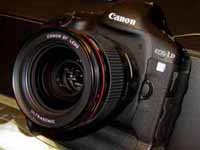 |
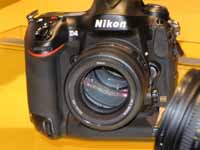 |
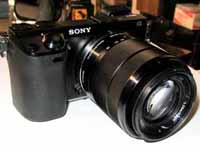 |
It’s not surprising that a camera brand is a very personal choice. It is as though each photographer is pleading with my friend to heed only his or her suggestion. Isn’t proselytizing their brand like forcing a person’s religion onto another?
Yet when I think about it I was doing the same. I was suggesting that a Sony NEX camera is similar to DSLR but without the weight and bulk. And since I am very fond of carrying lightweight equipment, I frequently use a Sony NEX camera.
Of course I could have chosen a different way to respond to his initial post by asking a few qualifying questions: will he be taking lots of sports or action; are movies part of his photography repertoire; how much money does he have to spend.
But frankly these qualifying questions don’t matter much.
Here’s my answer to his question: it doesn’t matter if you choose Canon or Nikon. Both have equally capable cameras in the various price ranges. And Sony also has equally capable cameras. One could argue that Pentax and Olympus also offer quality models too.
There’s too many slanted opinions for my friend to make his choice based on all of the Facebook replies. I hope my friend makes his choice based on how the equipment feels in his hands; getting the most features for the price; availability and affordability of additional lenses; past experience with previous purchases.
What do you think? Any comments?
Written by: Arnie Lee
Going Wireless with the Canon 6D
20th January 2013
Earlier this month I visited several of the photo equipment manufacturers at the annual Consumer Electronics Show. Of course the two majors are Canon and Nikon. And while sales by other camera makers including Sony, Olympus, Pentax and Fuji trail by a large margin, new features continue to arrive rapidly among all new models by all manufacturers. This year, one feature that was common in many models is the addition of wireless functionality.
Since CES, I’ve acquired and tested two of the new DLSRs with wireless capabilities: the Canon 6D and the Nikon D600.
Here’s a quick report on how wireless works with the Canon 6D.
There’s nothing earth shattering with this wireless capability. Yes, you can easily transfer images from the 6D to your smartphone and send them via email to others. And yes, it allows for backup, however the images are reduced to a smaller 1920 x 1280 jpg size.
I’ll cover more soon in another article about the Canon 6D’s wireless capability with a computer.
Also in the works is an article about the Nikon D600’s wireless capability.
Written by Arnie Lee
« Older Posts — Newer Posts »
